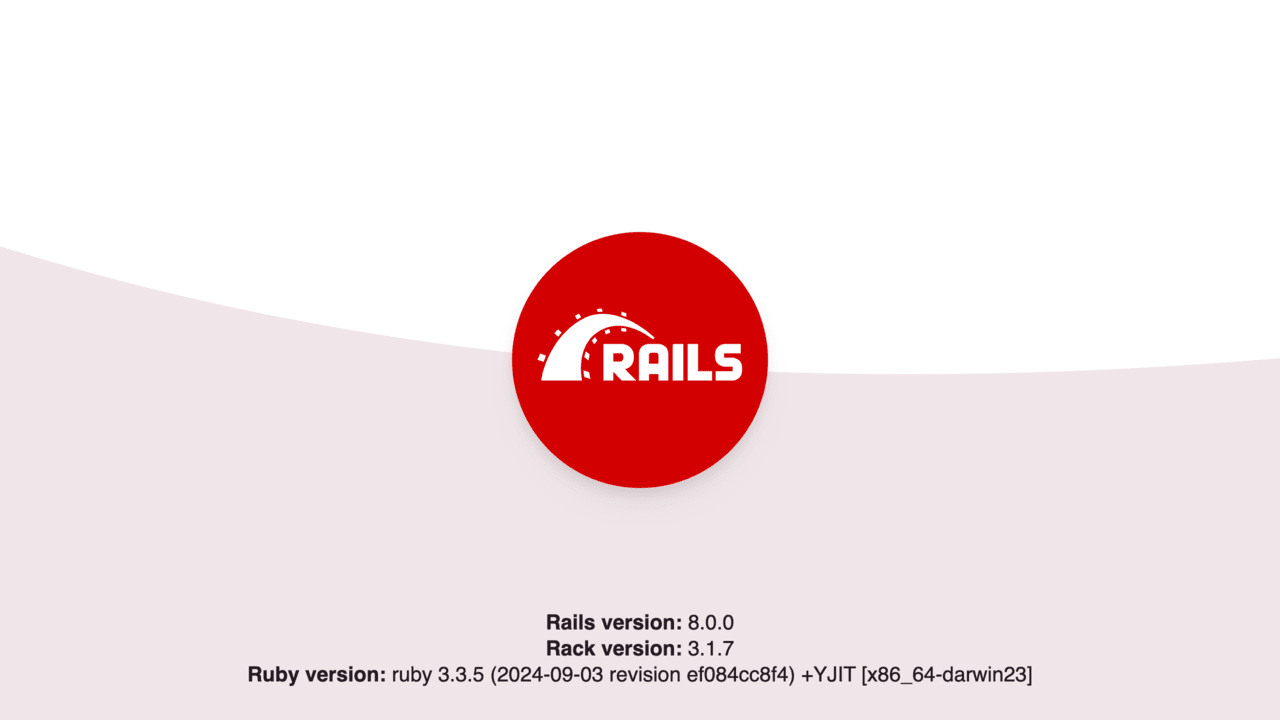Daily Insights
Stay updated with the latest trends and news.
Rails to Riches: Build Your Next Web App with Ruby
Unlock your potential! Transform your ideas into thriving web apps with Ruby. Start your journey from Rails to Riches today!
5 Essential Gems for Enhancing Your Ruby on Rails Web App
If you're looking to elevate your Ruby on Rails web application, integrating the right gems can make a significant difference. Here are 5 essential gems that can enhance functionality, improve performance, and streamline your development process:
- Devise - This gem simplifies user authentication and allows for secure sign-up and login processes.
- Pundit - A great tool for managing user permissions and ensuring access control across your application.
- ActiveAdmin - This gem provides a powerful framework for creating elegant administration interfaces with minimal effort.
- RSpec - Enhance your testing capabilities with this robust testing framework to ensure your application runs smoothly.
- Sidekiq - Optimize background job processing, enabling your app to handle tasks asynchronously for better performance.

How to Optimize Your Rails Application for Maximum Performance
To optimize your Rails application for maximum performance, start by identifying and minimizing bottlenecks in your application. This can include optimizing your database queries by using ActiveRecord appropriately. You can achieve this by using methods such as select and pluck to fetch only the necessary data. Additionally, ensure that you are utilizing database indexing to speed up query retrieval times. Implementing caching strategies, like fragment caching or low-level caching with tools such as Redis, can also significantly enhance performance by reducing the load on your server.
Another crucial aspect of optimizing your Rails application involves ensuring that you have configured your server and application settings correctly. Use tools like Rack Mini Profiler or New Relic to monitor performance metrics and pinpoint slow requests. Additionally, consider using background processing for long-running tasks by integrating gems like Sidekiq or Delayed Job. Finally, regularly audit your application's dependencies and remove any unused gems, as they can add unnecessary overhead to your application. By following these practices, you can significantly improve the performance and efficiency of your Rails app.
Common Mistakes to Avoid When Building Your First Ruby on Rails App
Building your first Ruby on Rails app can be an exciting journey, but it's essential to be aware of common mistakes that many developers make. One of the biggest pitfalls is neglecting to plan your application architecture before diving into coding. Without a clear structure, you may end up with a convoluted codebase that is hard to maintain. Always take the time to sketch out your models, controllers, and views, and consider how they will interact with one another. This initial effort can save you significant headaches down the line.
Another frequent mistake is overlooking the importance of proper testing. Many new Rails developers skip writing tests, which can lead to major issues when the app scales or when you introduce new features. Adopting a test-driven development (TDD) approach from the start ensures that your code is reliable and easier to debug. Additionally, familiarize yourself with the built-in testing tools that Rails offers, such as RSpec or Minitest, to create a robust testing suite that will help catch errors early in the development process.